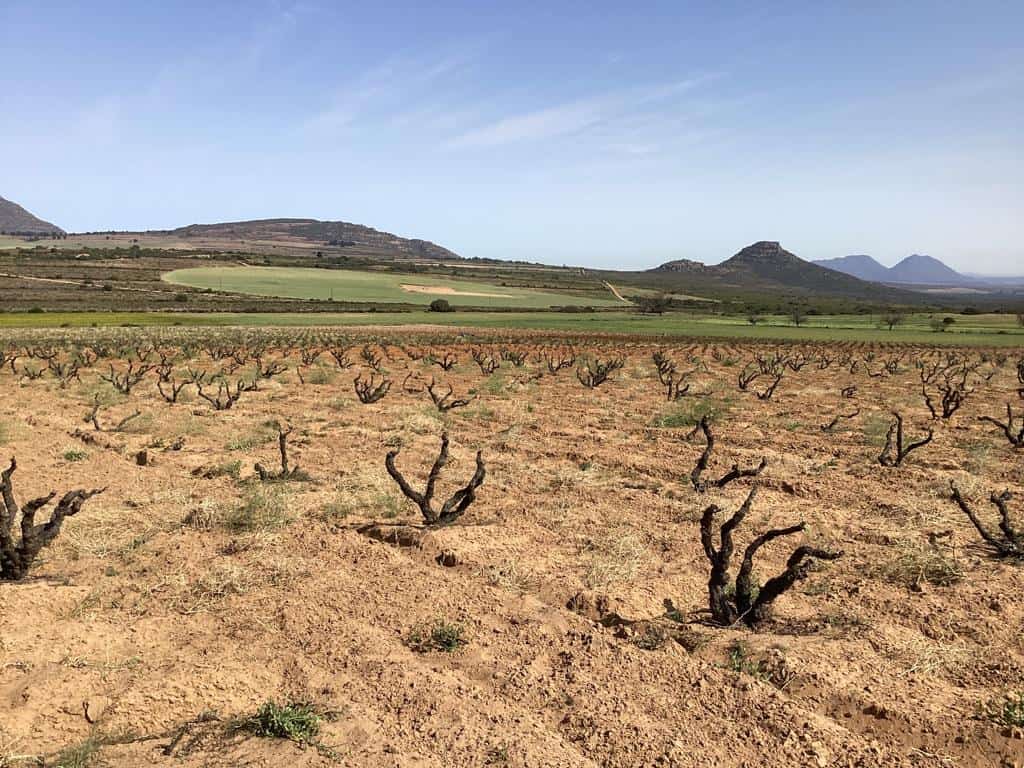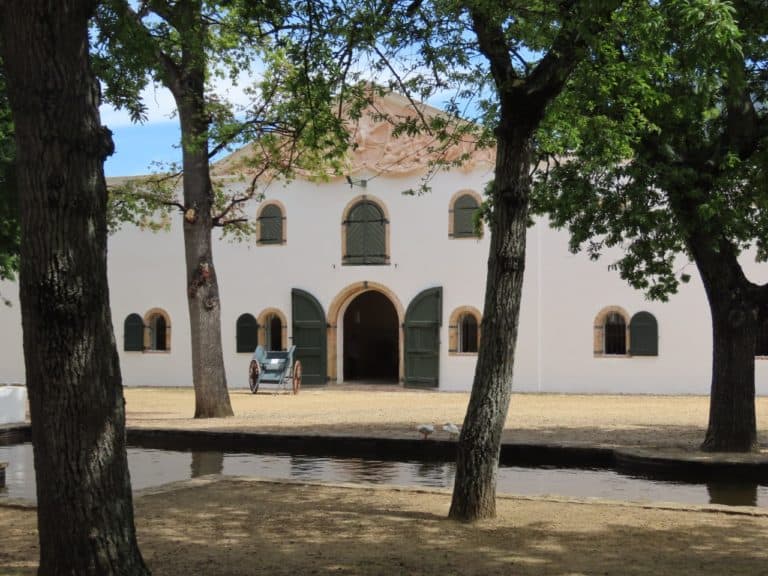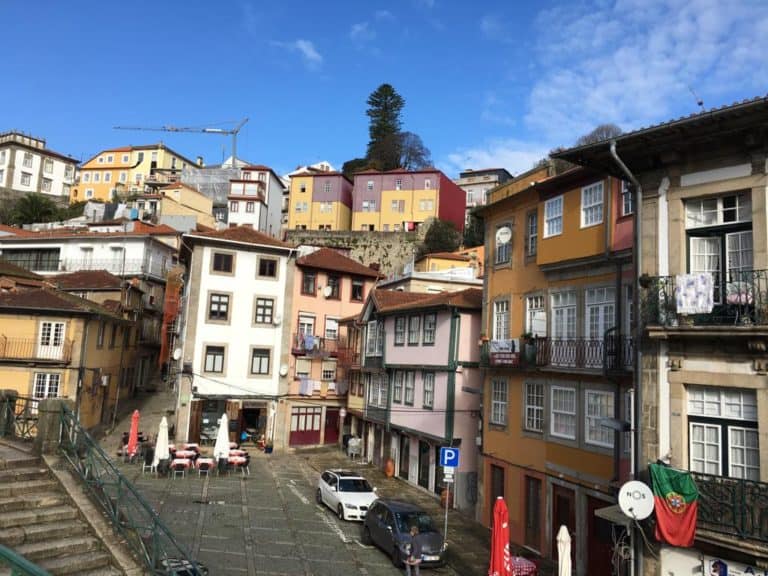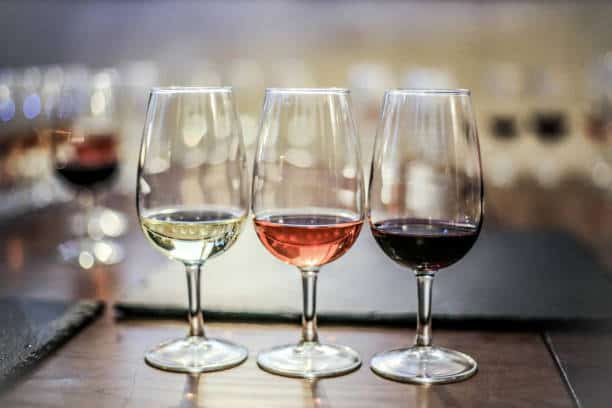The Awakening: A tale of budburst, shoots, vines, and wine
Early spring marks the awakening of sleepy vines in leafless vineyards. Join me as we are reminded of the annual tale of budburst, shoots, vines, and wine. Budburst or bud break is that momentous moment that happens in the vineyard each spring as the vines wake up from their winter sleep. All winter long, grapevines stood lifeless and bare, but as the temperature rises and the days lengthen, they are suddenly bursting with vitality. They draw on the energy they’ve stored deep within their trunks and roots through the winter to push out the first green leaves of a new growth cycle.
I am using the world’s friendliest online business engine…it’s free…forever!
What is budburst or, bud break?
The bud of a vine is made up of tiny, tightly packed leaves and shoots that have been protected all winter. At the beginning of September, the first buds timidly emerged from the tip of their nose. Approaching, we see a cotton wooly appearance at their ends: this is the downy cover, it serves as protection for future bunches and leaves. These tiny and sparse leaves have but one goal; to begin photosynthesis and generate new energy and growth. They also contain tiny grapes, that will be picked five or six months later.
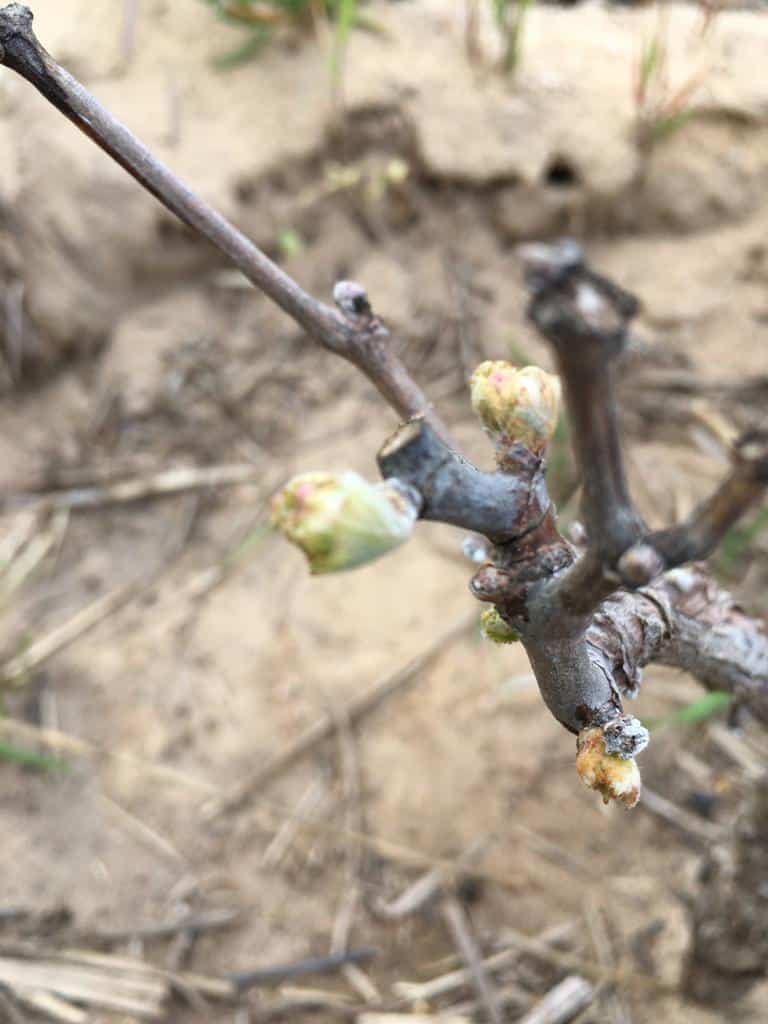
Now the vine is no longer dependent on the minimal energy reserves it tucked away to get through the winter months. Like magic, you’ll see entire vineyards turn from drab brown to vibrant green as those first leaves begin photosynthesis, pushing out more and more leaves in what is termed “rapid shoot development.”
The Awakening
Visiting two vineyards in the Western Cape, South Africa during September (early Spring in the Southern Hemisphere), the vineyard cycle was explained to me by a leading viticulturist, Dr Etienne Terblanche PhD. Viticulture (Stellenbosch):” During a growing season, buds for the following season will begin to form at the base of a leaf’s petiole near the main vine. As winter sets in, grapevines lose their leaves and enter dormancy. During this time brown scales protect buds from harsh weather. In springtime, when air temperatures rise to optimal levels, the buds swell and become fuzzy, and then new green leaf tissue pushes out of the protective scales. This pushing forth of new growth gives the appearance of the buds bursting, thus the term bud burst or bud break. This new tissue emerging from a bud becomes both leaves on the vine and flowers that produce grapes.”
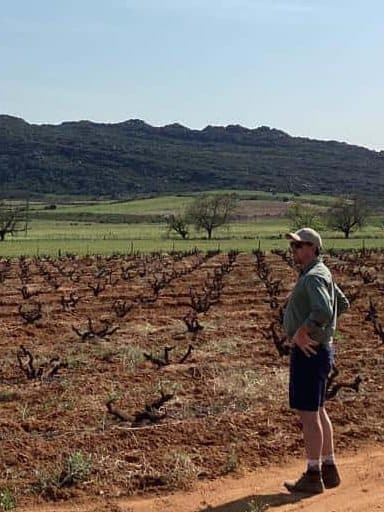
Safety in numbers
Showing me a swollen bud on an old, gnarled vine Dr. Terblanche said: ”Look at a single grape bud and you’ll probably be surprised that three buds reside within it; a primary bud, a secondary bud, and a tertiary bud. The secondary bud only bursts if the primary bud is lost, such as from accidental pruning, and the tertiary bud only burst if the secondary is damaged. It is important to protect the primary bud from damage because it gives a much higher yield of fruit than the backup buds.”
Steep learning curve
My vineyard visit became a very steep learning curve. Not only is bud burst dependent on air temperature but also on soil temperature. Fast-warming soils heat roots more quickly and lead to earlier bud bursts. Also, should buds burst early, low-moisture, sandy soils help prohibit frost damage because less water is present in vine tissue. Sandy soils tend to warm more quickly than clay soils, thus leading to an earlier commencement of the growing season.
I am using the world’s friendliest online business engine…it’s free…forever!
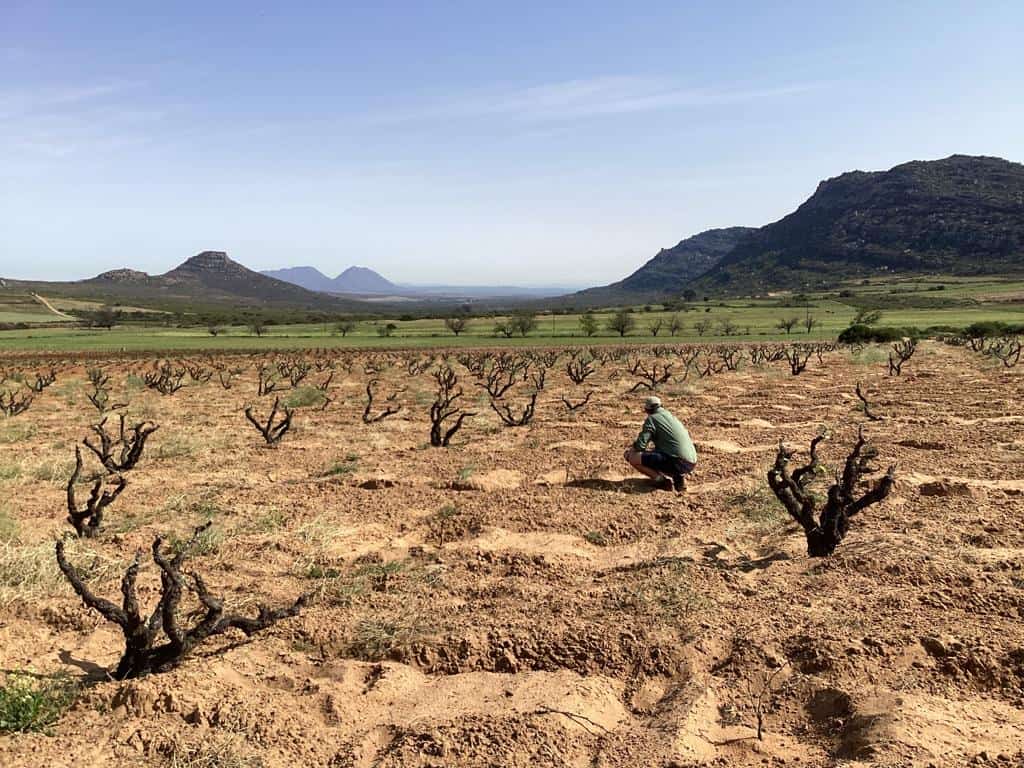
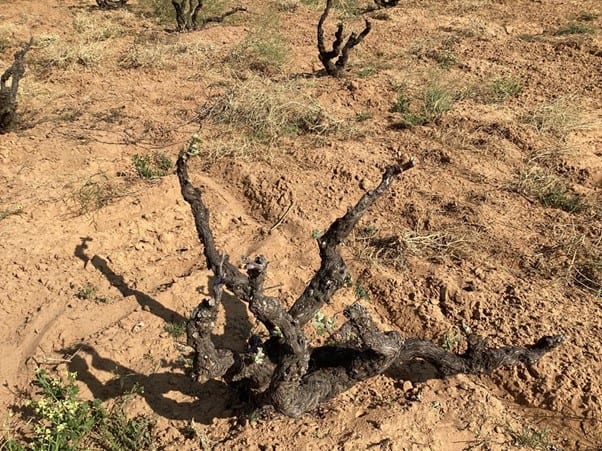
Another interesting fact is that different cultivars wake up at different times. Some varieties need more sleep and rest than others! Chardonnay bud burst can happen as early as mid-August. The last varietal to break buds is cabernet sauvignon, which typically happens up to three weeks later than chardonnay.
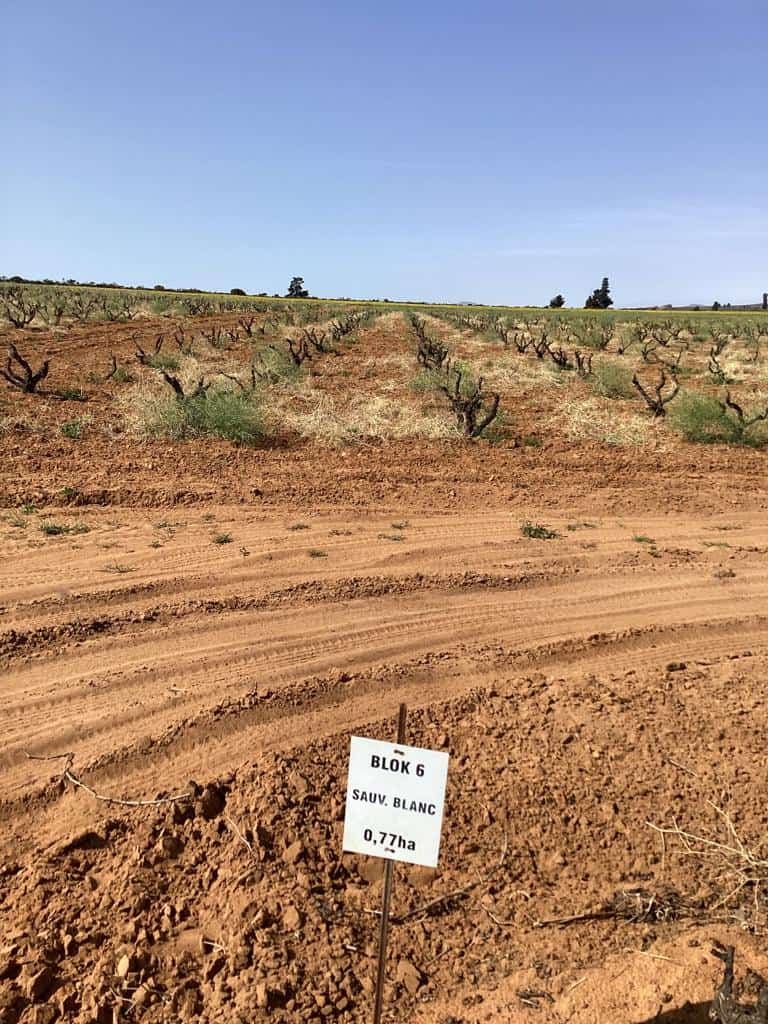
What an exciting time in the vineyards, springtime is. Experience your next bud burst in your favorite vineyard, anywhere in the world!

